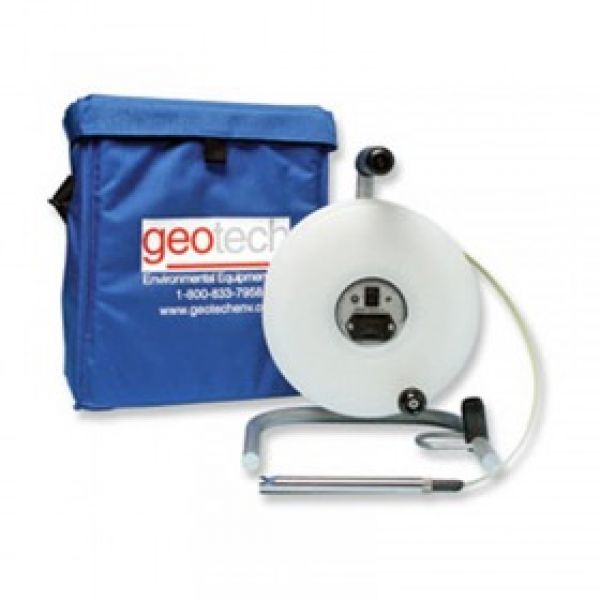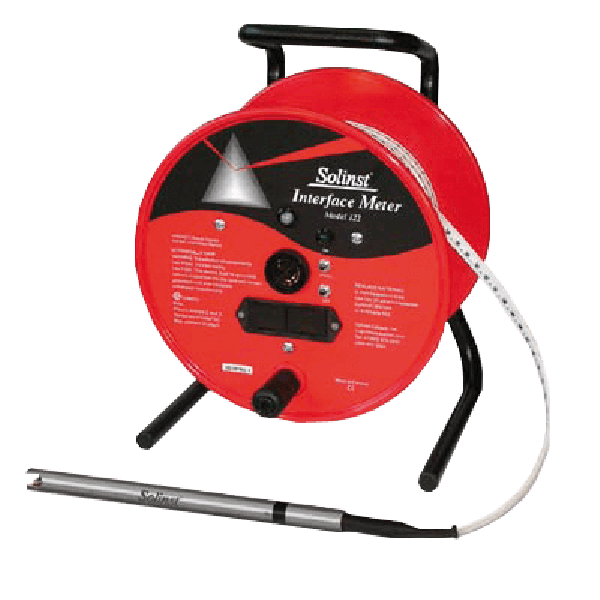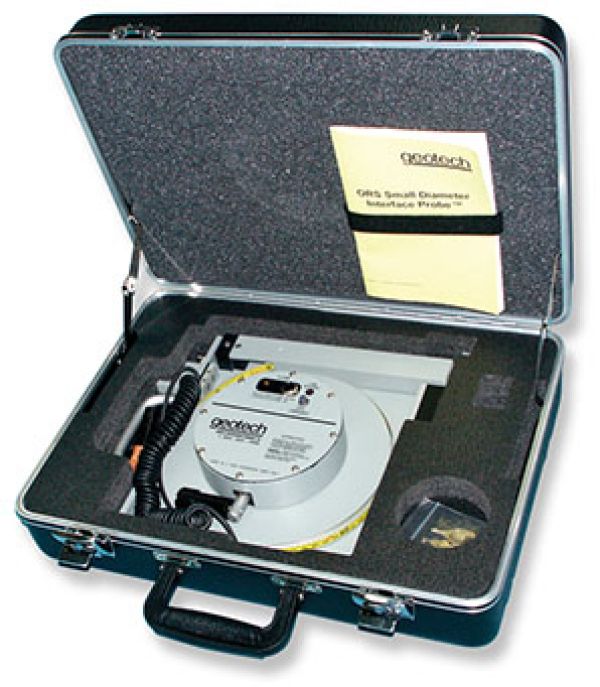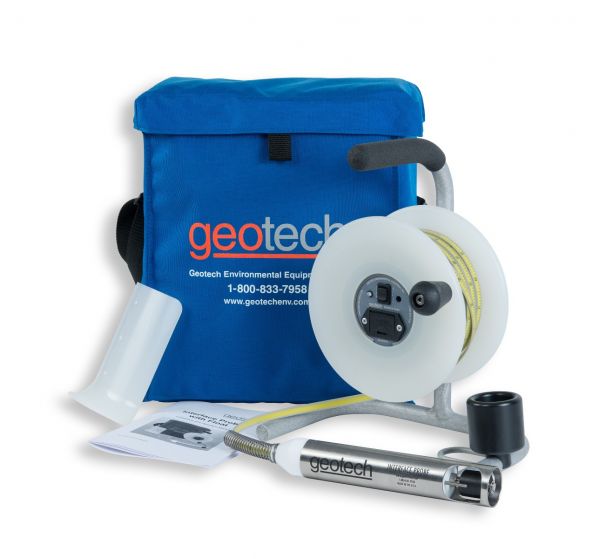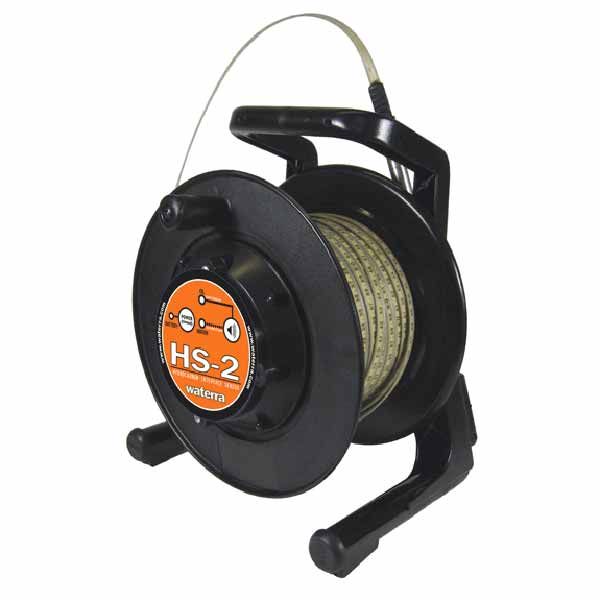Interface Meters
Interface meters are used in a wide range of applications including measuring the depth and thickness of oil and water layers in monitoring wells, cisterns, and tanks. They assist in detecting tank leakage and provide accurate measurements of water levels to help assess flow direction, gradient changes, and seasonal fluctuations during groundwater studies. Additionally, interface meters are commonly used to quantify the presence of floating Light Non-Aqueous Phase Liquids (LNAPLs) and Dense Non-Aqueous Phase Liquids (DNAPLs).
The basic operating principle of interface meters involves lowering a probe into a well. When the probe encounters a non-conductive product layer (such as oil), an audible tone and visual light signal are activated. As the probe continues to descend and reaches the water layer (a conductive liquid), the tone and light signal change, allowing the operator to distinguish between product and water interfaces with accuracy and confidence.
How Interface Meters Work
Interface meters use a specialised dual-sensor probe that detects the difference in conductivity between non-aqueous phase liquids and water. As the probe is lowered, it first identifies the product layer by detecting the absence of conductivity, triggering an initial light and sound alert. Upon reaching the conductive water layer, the sensor triggers a second distinct light and tone. This allows users to accurately determine both the depth to product and depth to water, enabling precise calculation of layer thickness for environmental monitoring, site assessments, and remediation projects.
Types of Interface Meters
Interface meters are available in various designs to suit different field requirements. Standard interface meters are ideal for most groundwater monitoring and contamination assessment applications. Narrow diameter models are available for use in small-diameter wells or tubes where access is limited. Some models feature additional options such as varying tape lengths, portability features, and enhanced durability for harsh field conditions. Choosing the right interface meter depends on well size, site conditions, and the specific liquids being measured.
Available at your local Air-Met office for rental. To learn more about Air-Met Scientific’s range of interface meters, contact one of our office locations across Australia today.

